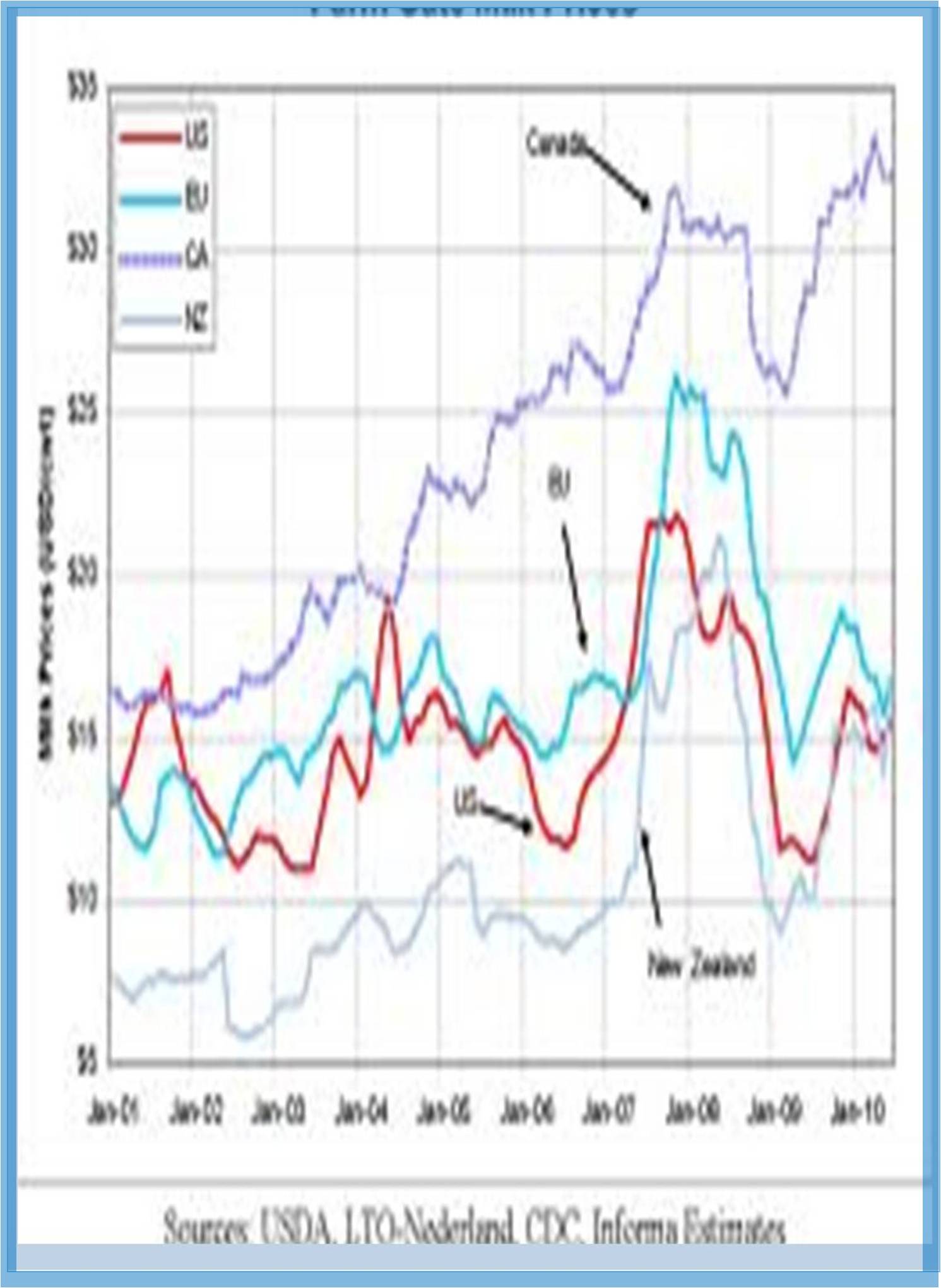



Received: 03-Aug-2021 Published: 24-Aug-2021
This study assesses the level of technical efficiency and its determinants of smallholder irrigated cotton farmers in the Middle Awash Valley of Northeastern Ethiopia. A multi stage purposive random sampling procedure was employed to select 74 irrigated cotton farmers from Amibara district of Afar region. A well-structured questionnaire and field observations were employed to collect relevant information from respondents. Data collected were analyzed using relevant econometric techniques. The results from stochastic frontier analysis indicated that elasticity’s of mean output for cotton area, labor cost, and irrigation frequency were positive while those of seed and pesticide costs were negative. The joint effects of socioeconomic and farm specific variables influenced technical efficiency but individual effects of some variables were not significant. Mean technical efficiency level of irrigated cotton farmers was estimated to be 71%; indicating that the possibility of increasing cotton production in the valley given the current state of technology and inputs level. Further, the empirical results from the inefficiency effect model revealed that cotton farming experience, extension service, credit access, tenancy status, salinity level, distance to main water canal and sowing time were found to be major determinants of farmers’ technical efficiency in the study area. The study recommends that government efforts are of vital in increasing cotton yield through improvement in technical efficiency by ensuring timely and adequate availability of the required inputs as well as adequate provision of credit facilities and promotion of research findings through extension services.
Stochastic frontier analysis, Technical efficiency, Irrigated cotton farmers, Middle awash valley, Northeastern Ethiopia
Agriculture has consistently been the backbone and center to economic activities in Ethiopia. It contributes about 36% of the country’s Gross Domestic Product (GDP), 73% of employment and 70% of export earnings as well as important providers of raw materials (inputs) for other production activities, especially the manufacturing sector. Moreover, the government development policies propose agriculture to be the main source of capital to be accumulated for the process of establishing future industrialized Ethiopia, which again shows the importance of the sector in bringing about sustainable economic development for the country in the years to come. Thus, the growth of all other sectors of the economy in the country is by and large depend on the growth and development of the agricultural sector. However, the challenge facing the sector is not only to feed the ever increasing population but also commensurately to create employment opportunities as well as leading the process of structural transformation of the country’s economy.
In this context, the Government of Ethiopia (GOE) has intended to make the textile and garment industry as one of the economic engines that will prop growth since it has the potential not only transforming Ethiopia’s agrarian economy into an industrial one but also creating massive employment both at farm and off farm. Consequently, the cotton crop, which is the major supplier of raw materials, is becoming one of the strategic cash crops central to the development of textile and garment industries. In Ethiopia, cotton has gained much significance because it served the dual purpose of providing raw materials to the burgeoning apparel and textile industry as well as creating massive employment opportunities along the value chain of the crop, which encompasses cotton growing, ginning, spinning, yarn dyeing, weaving, and knitting, as well as confection and garment finishing. Besides, in the sector, there are ginneries, yarn producing companies, garment factories and cottage industries that involve large numbers of workers. Ethiopia has a long tradition of cultivating cotton and the crop is growing in many parts of the country. Almost all regions of the country except Harari region have favorable environmental conditions suitable for the cultivation of cotton both under rainfed and irrigation conditions. Different estimates have showed that Ethiopia has 2.6 to 3 million hectares of land suitable for cotton cultivation. Areas, such as Omo Ghibe, Wabi Shebele, Awash, Baro Akobo, Blue Nile, and Tekezze river basins lie within the optimal altitude range for growing cotton; between 300 meters and 1,400 meters above sea level.
The sampling frame/the population of this study was all farmers who produced cotton under irrigation in Amibara district.
The first stage involved the purposive selection of Amibara district based on the volume of cotton cultivation and the availability of well-established irrigation scheme to aid regular supply of water for crop production. At the second stage, four local kebeles were purposively sampled based on the intensity of cotton cultivation (Badhamo, Bonta, Waydulalie and Bedulalie). In the third stage, with the help of Agricultural Extension Agents, taking list of cotton farmers at each kebele, random sampling technique was used to select farmers from the kebele. A total of 74 cotton farmers were sampled.
The study identified the main determinants and levels ofsmallholder irrigated cotton farmers’ technical efficiency in the Middle Awash Valley of Ethiopia. Results of the Cobb Douglas stochastic frontier production function and technical inefficiency effect models indicated that all key production factors except for fertilizer quantity and machinery operation costs were found important inputs contributing substantially to cotton output. Quantity of seed and pesticide costs has negative signs implying that these variables were decreasing cotton yield. However, all other significant variables including cotton area, labor cost and irrigation frequency, have positive effect on cotton output.